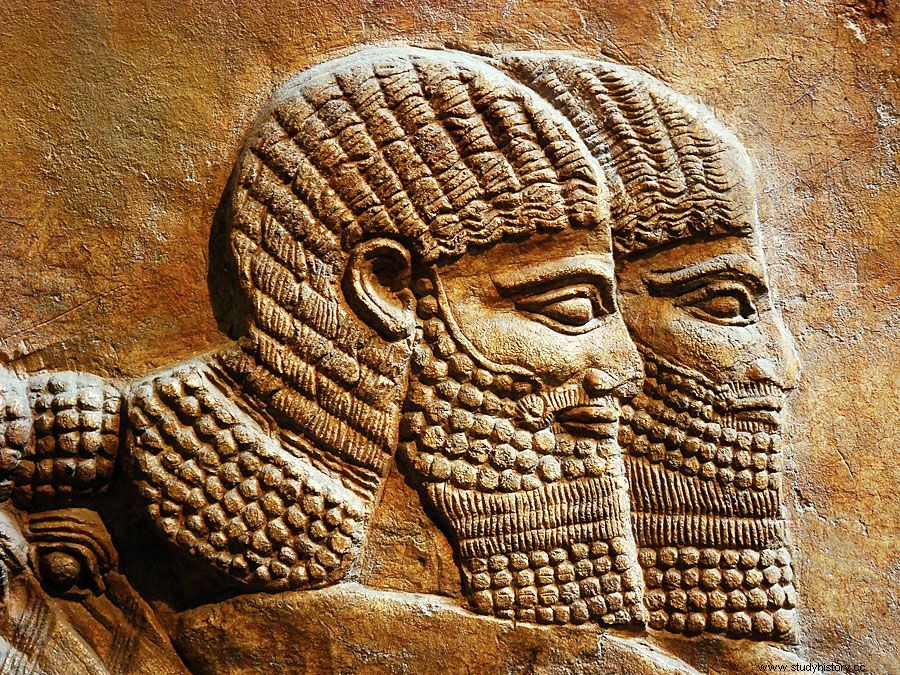Arabia , roman Province, founded from the former kingdom of the Nabataeans and the adjacent Syrian cities of Gerasa and Philadelphia (modern Jarash or ʿAmmān, Jordan ) after the formal annexation of the Nabatean kingdom by the Roman emperor Trajan in the year 105 n . Chr . The province was taken from the west coast of Sinai Peninsula , the modern-day Syrian-Lebanese border to a line south of Damascus and the east coast of the Red Sea Border to Egra (Madāʾin Ṣāliḥ in the Hejaz). It prospered economically in the 2nd century and became a source of income for the Romans due to the South Arabian caravan and sea trade in incense and other Far Eastern goods passing through the area. Among the Romans Bostra (Bozrah; now Buṣrá ash-Shām, Syria) in the extreme north became the capital and legionary camp, but the old one royal capital of Petra remained the religious center. By building a road connecting Damascus via Bostra, Gerasa, Philadelphia and Petra with Aelana am Gulf of Aqaba connects , the Romans further strengthened the province's communications and secured control over restive Bedouin tribes to the east.
 Britannica Quiz The Middle East:Fact or Fiction? Is the literacy rate very high in Afghanistan? Does Yemen take its name from the Arabic word "northern"? Sort the facts in this quiz about Syria, Iraq and other Middle Eastern countries.
Britannica Quiz The Middle East:Fact or Fiction? Is the literacy rate very high in Afghanistan? Does Yemen take its name from the Arabic word "northern"? Sort the facts in this quiz about Syria, Iraq and other Middle Eastern countries. late 3rd century shared the Roman emperor Diocletian Arabia into a northern province expanded by the Palestinian regions of Auranitis and Trachonitis, with Bozrah as its capital and a southern province with Petra as its capital. The southern province united with Palestine by Emperor Constantine I the Great became known as Palaestina Salutaris (or Tertia) , when detached again Display 357-358. The cities of both provinces experienced a marked revival of prosperity in the 5th and 6th centuries and only fell into decline after the Arab conquest in 632-636.
